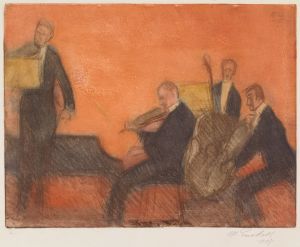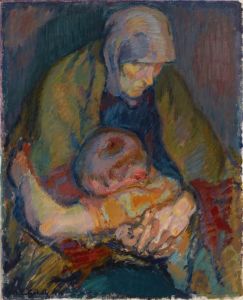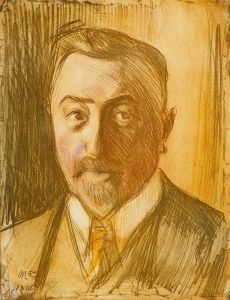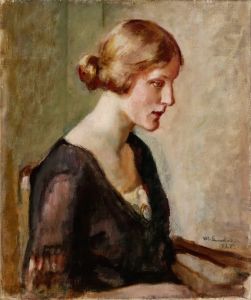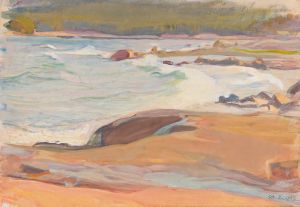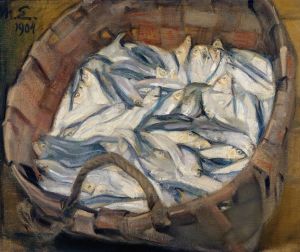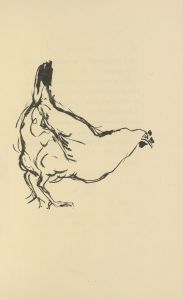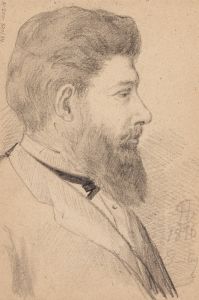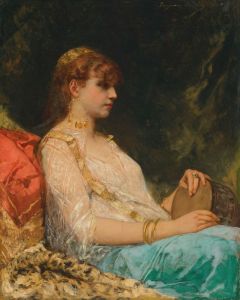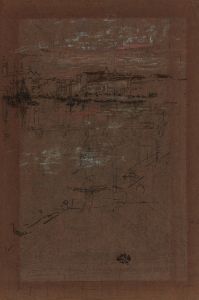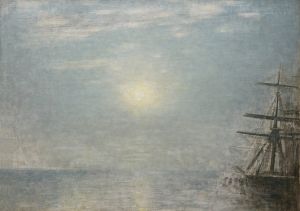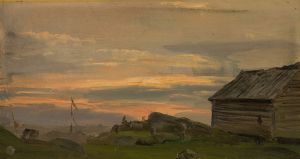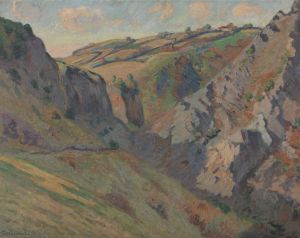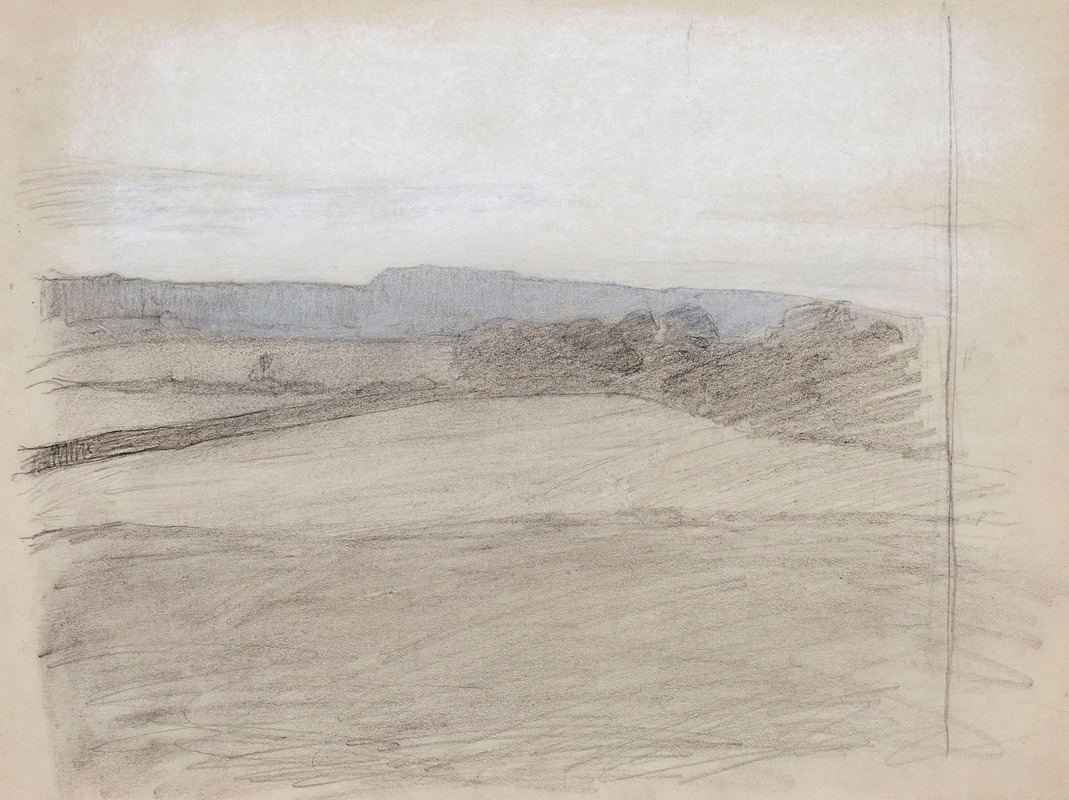
Maisemaluonnos
A hand-painted replica of Magnus Enckell’s masterpiece Maisemaluonnos, meticulously crafted by professional artists to capture the true essence of the original. Each piece is created with museum-quality canvas and rare mineral pigments, carefully painted by experienced artists with delicate brushstrokes and rich, layered colors to perfectly recreate the texture of the original artwork. Unlike machine-printed reproductions, this hand-painted version brings the painting to life, infused with the artist’s emotions and skill in every stroke. Whether for personal collection or home decoration, it instantly elevates the artistic atmosphere of any space.
Magnus Enckell's Maisemaluonnos (translated as "Landscape Sketch") is a work by the Finnish symbolist painter Magnus Enckell (1870–1925). Enckell is considered one of Finland's most prominent artists of the late 19th and early 20th centuries, known for his contributions to Symbolism and his role in the development of Finnish art during a period of national awakening.
Maisemaluonnos is a lesser-known piece within Enckell's body of work and, as the title suggests, is likely a study or preparatory sketch focusing on a landscape. While specific details about the painting's creation, medium, or current location are not widely documented, it reflects Enckell's interest in capturing the natural world, a theme that recurs throughout his career. His landscapes often exhibit a sensitivity to light, atmosphere, and mood, aligning with the Symbolist movement's emphasis on evoking emotion and transcending literal representation.
Enckell's artistic style evolved significantly over his lifetime. Early in his career, he was influenced by Symbolism, characterized by subdued colors and introspective themes. Later, he embraced a brighter palette and a more decorative approach, influenced by movements such as Post-Impressionism and the Finnish Golden Age of Art. While it is unclear where Maisemaluonnos fits within this trajectory, it likely reflects his ongoing exploration of nature and its symbolic potential.
Magnus Enckell studied at the Finnish Art Society's Drawing School in Helsinki and later continued his education in Paris, where he was exposed to contemporary European art movements. His work often bridges the personal and the universal, exploring themes of spirituality, human emotion, and the natural environment. Enckell was also a central figure in the Septem group, a collective of Finnish artists who sought to modernize Finnish art and integrate it into broader European trends.
Due to the limited information available about Maisemaluonnos, its significance within Enckell's oeuvre remains unclear. However, as with many of his works, it likely demonstrates his skill in capturing the interplay between light, color, and form, as well as his ability to convey a sense of mood and atmosphere.
Further research or access to archival materials may provide additional insights into this specific work. For now, Maisemaluonnos remains a testament to Magnus Enckell's enduring legacy as a key figure in Finnish art history.





